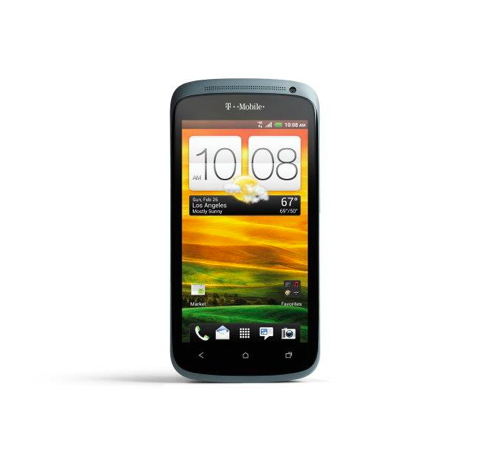So, You Are Disappointed T-Mobile Didn’t Get The HTC One X? You Shouldn’t Be.
Let’s just get this right out of the way to clear any up confusion and more importantly, to stop the complaints I see popping up in the HTC One S post comments. The AT&T version of the HTC One X DOES NOT have a quad-core processor, it has a dual-core processor. So yes, it appears to be a better phone, but with the exception of battery size and and screen size, they are almost identical handsets. AT&T’s press release clearly says they DID NOT get the quad-core model:
“… The HTC One X smartphone’s next-generation 1.5 GHz Qualcomm Snapdragon™ S4 dual-core processor allows customers to run heavy duty tasks such as creating and editing homemade videos smoothly without any lag, while the 1,800 mAh embedded battery offers hours of uninterrupted entertainment time. …”
Everyone got that?
So let’s take a look at some tests the boys over at AnandTech performed and I take their tests with absolute faith, these guys are good at what they do:
Moving down the lineup is the HTC One S, but you don’t give up performance (in reference to the One X) to get here. The One S trades in the Tegra 3 or MSM8960 for a Qualcomm MSM8260A, another Krait based 28nm SoC but without integrated LTE. The CPU cores in the One S also operate at up to 1.5GHz, making its performance identical (in theory) to the HTC One XL.
The body moves from plastic to aluminum and drops in thickness to a mere 7.9mm
The screen shrinks compared to the One X/XL down to 4.3-inches. The Super AMOLED (PenTile) panel features a 960 x 540 (qHD) resolution. The front facing camera drops to a VGA resolution, while the rear facing camera (and lens assembly) remain unchanged from the One X.
Battery capacity drops to 1650mAh (6.105Whr @ 3.7V), but power requirements should be lower as well thanks to the smaller, lower resolution screen. Like the One X, the S features 1GB of LPDDR2.
Storage capacity drops to 16GB of eMMC on-board but you still do get 25GB of free storage via Dropbox. 1080p is supported on both the video encode and decode.
So yes, battery size changes, the screen size is different by 0.4 inches and yet, for the most part, with this paragraph as evidence, performance hardly changes between the two devices.
I urge you to head on over to the AnandTech link at the end of the post, read the post and hit the charts at the end to see actual performance scores.

